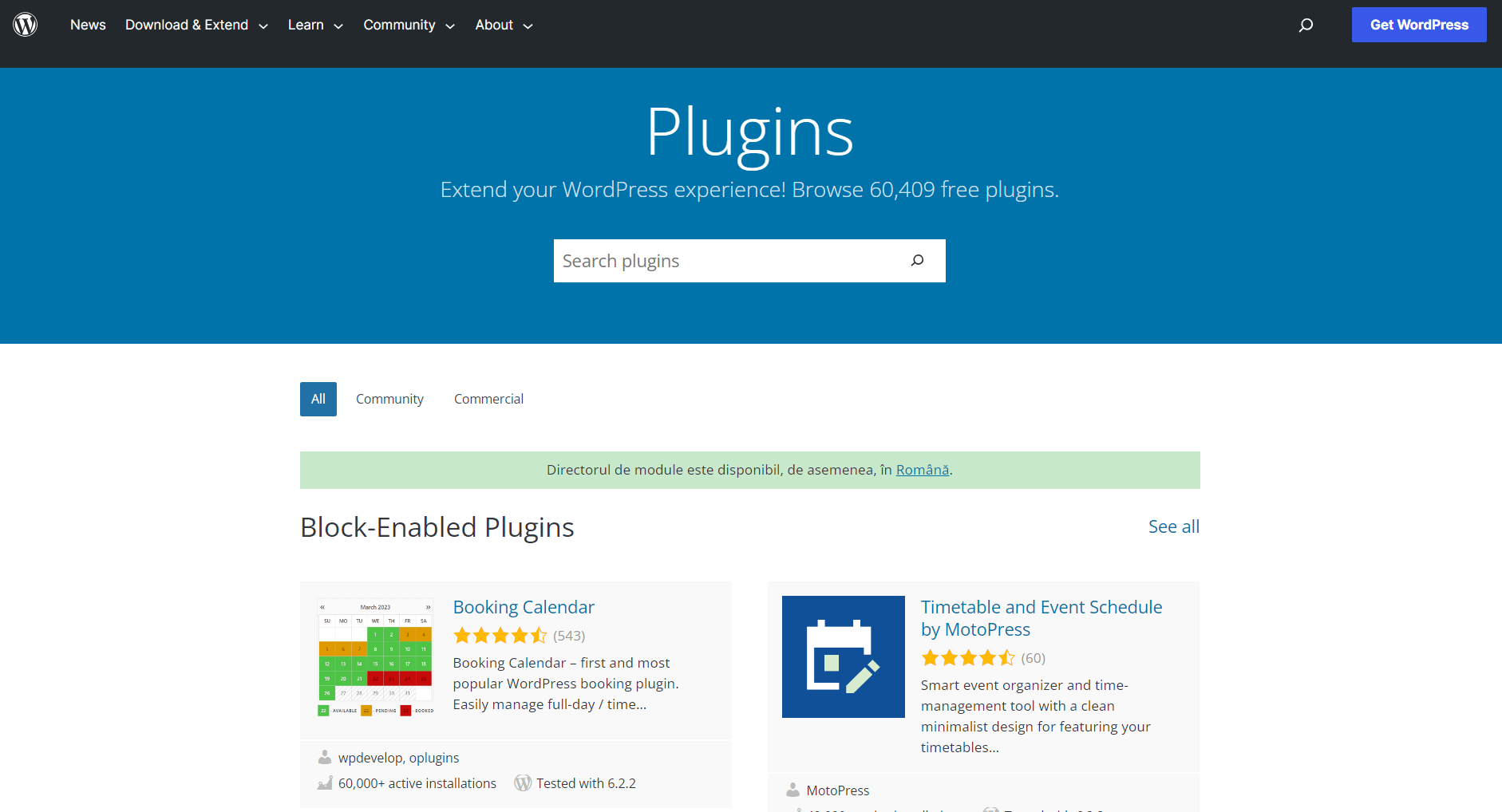Building and managing a website has become a much simpler task in recent years, thanks to the availability of powerful content management systems such as WordPress. A key factor that contributes to its versatility and customizability is the extensive library of plugins it offers.
Plugins are the unsung heroes of the WordPress ecosystem, adding functionality and enhancing the overall user experience. To unlock the true potential of WordPress plugins, it’s crucial to acquaint yourself with the WordPress Plugin Directory. In this article, we’ll dive into what the WordPress Plugin Directory is, its significance, and how to navigate and utilize it effectively.
### What is the WordPress Plugin Directory?
The WordPress Plugin Directory stands as a vast online repository, hosting thousands of plugins developed by the WordPress community. It acts as a centralized hub where WordPress users can discover, install, and update plugins to extend their website’s functionality. This directory is meticulously maintained by the official WordPress team, adhering to rigorous quality standards that ensure the safety and compatibility of each plugin.
### Exploring the Structure of the WordPress Plugin Directory
Now that you have a grasp of what the WordPress Plugin Directory is, let’s explore its organizational structure.
To access the WordPress Plugin Directory, simply click [here](https://wordpress.org/plugins/).
The directory has been thoughtfully designed with a user-friendly layout, streamlining the process of finding the right plugins for your website. Understanding its layout and features will help you efficiently navigate the vast collection of plugins available.
The plugin directory is divided into various sections, including “Featured,” “Popular,” “Recommended,” and “Favorites.” These sections highlight plugins that have gained popularity, earned the endorsement of the WordPress team, or received positive feedback from users. Exploring these sections serves as an excellent starting point for discovering reliable, high-quality plugins that align with your website’s needs.
Furthermore, the directory provides an extensive categorization system, classifying plugins into various categories and subcategories. These range from e-commerce and social media to SEO and security. By perusing these categories, you can quickly narrow down your search and find plugins tailored to your website’s specific requirements.
Tags and filters are pivotal components of the directory’s structure. Tags are descriptive keywords assigned to plugins, enabling users to locate the right ones based on specific features or functionalities. For instance, if you’re searching for a plugin to enhance your website’s performance, you can search for tags like “speed optimization” or “caching.”
### How to Effectively Use the WordPress Plugin Directory
To make the most of the WordPress Plugin Directory, follow these steps:
1. **Identify Your Requirements:** Before you start searching for plugins, take the time to clearly define the features and functionalities you need for your website.
2. **Access the Directory:** Visit the official WordPress website and navigate to the [Plugin Directory](https://wordpress.org/plugins/).
3. **Search and Filter:** Utilize the search bar to find plugins based on keywords or explore the various categories and tags. Employ filters to refine your search results based on ratings, compatibility, and update frequency.
4. **Plugin Evaluation:** Once you’ve located a plugin of interest, delve into its details. Pay close attention to factors such as the plugin’s ratings, number of active installations, developer information, and the date of its last update. These insights offer valuable guidance on the plugin’s reliability and popularity.
In conclusion, the WordPress Plugin Directory is a treasure trove of tools that can supercharge your website. By navigating its structure and following the steps outlined here, you can confidently discover and integrate plugins that elevate your WordPress site’s performance and capabilities.


